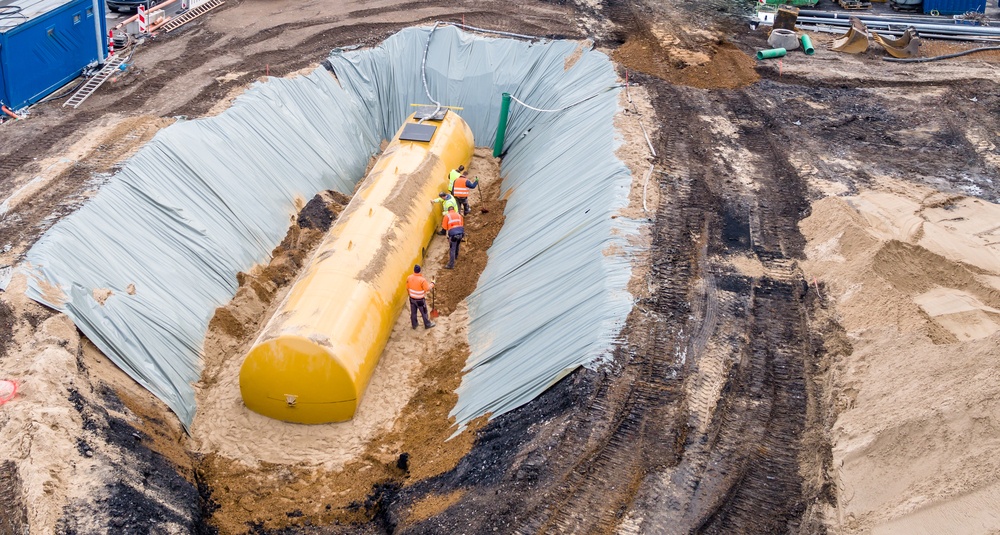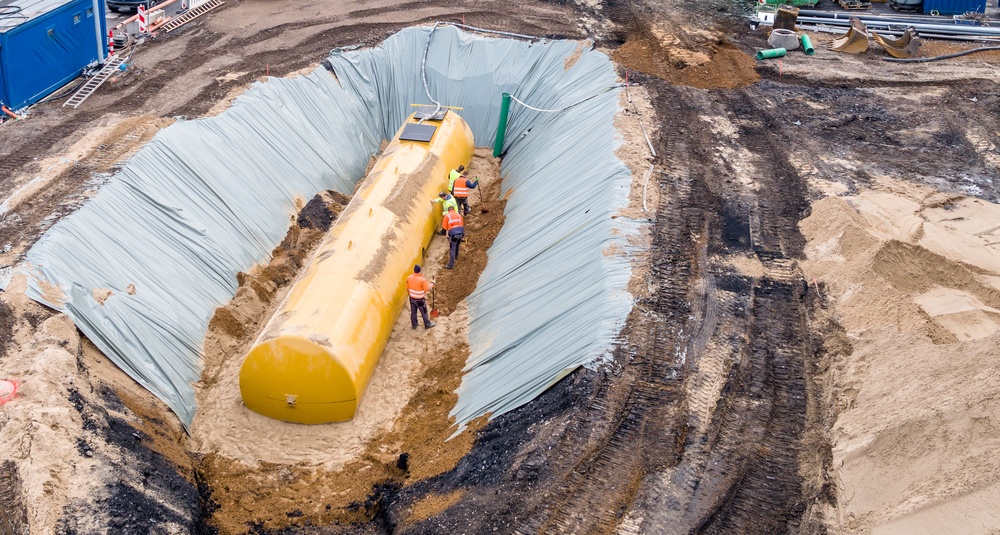The Pennsylvania Legislature Considers Changes to the Underground/Aboveground Storage Tank Rules
In the State of Pennsylvania, storage tanks are regulated by Act 32 of the 1989 Storage Tank and Spill prevention Act (Tank Act), Pa. Stat. Ann. Tit. 35,§§ 6021 101-2104 and Administration of the Storage Tank and Spill Prevention Program, 25 Pa Code Ch 245
Recently, the Pennsylvania legislature has signaled that there are several changes being considered to the underground and aboveground storage-tank regulations. These changes, if accepted, will most likely become effective in 2019. The changes are designed to reduce the risk of a release to the environment by increasing the level and frequency of inspections of the various leak-detection systems employed by owner/operators of storage tanks. A review of the past few years of releases has indicated the following main causes of new releases:
- Lack of proper operation and maintenance of UST system, especially of the leak-detection systems
- Releases from piping
- Releases occurring during deliveries
- Design deficiencies of leak-detection systems; US EPA data shows leak-detection systems only detect 50% of the releases it is designed to detect
Based on those causes, the Pennsylvania legislature proposes to increase the level and frequency of inspections, testing and reporting. The following changes are most likely to be adopted in 2019.
Proposed Operations and Maintenance Requirements
30-Day Inspections
A visual inspection of all spill-prevention equipment will be required every 30 days. This inspection may be performed by facility personnel and does not require a certified inspector. The objective of the 30-day inspection is to check for the following:
- Damage to the spill-prevention equipment, such as cracked or otherwise compromised spill buckets, dispenser pans and collection sumps. Catching the damage or degradation of such components will allow for earlier repairs/upgrades that will prevent releases from occurring.
- Remove liquid and debris from spill prevention components. This will allow the spill-prevention components to function as designed, as well as not filling up with liquids that should not be released to the environment, e.g., water/fuel mixtures from surface releases or overfills.
- Check for and remove obstructions to fill pipes. This will help ensure that deliveries of fuel are not a source of releases to the environment.
- Check that fill cap is secure. This will eliminate the possibility that water gets into the UST system. Water can cause the deterioration of metal parts in the system, as well as foul the fuel in the UST system, causing problems with customers and the need to dispose of compromised fuel product.
- Check for leaks in the interstitial space. This will alert tank owner/operators of a potential problem with the inner shell of the UST system, one of the associated appurtenances or with the fuel-delivery procedure.
- Verify that all remote sensing alarms are functional. This will ensure that remote sensing systems are operational and able to detect and alert the owner/operators of any releases. Early detection can be the difference between a reportable release and no release at all.
- Ensure all records of release-detection testing are reviewed and current. Good recordkeeping will assist inspector during their on-site facility inspections as well as allow the owner/operators to see trends in release-detection issues that may allow pre-emptive maintenance thus preventing a release to the environment.

Yearly Inspection
A test of the release-detection equipment must be conducted annually. Specifically, to:
- Verify that the automatic tank gauge alarms, configuration and backup batteries are operational and correct.
- Determine that the probe and sensor residue has been removed, floats are obstruction free, cables are break- or kink-free.
- Ensure that the vacuum pumps and pressure gauges are operational and properly connected.
- Check that the hand-held equipment, if used, is properly calibrated and functional.
3-Year Inspections
The following changes are expected for three-year inspections:
- Tightness testing on all containment sumps and spill prevention equipment must be performed by a certified inspector. Results of the tightness testing must be documented on a PADEP-provided form.
- An evaluation of overfill-prevention equipment to determine that the alarm is set to activate and does so at the correct level. The results of the evaluation must be documented on a PADEP-provided form.
Note: In high-failure rates caused by the corrosion of the cage, ball-float valves will no longer be permitted on newly installed leak-detection systems. Existing ball valves must be replaced with other overfill protection when evaluation fails.
Other Changes
ASTs in underground vaults greater than 5,000 gallons or that store greater than 1,000 gallons of a highly hazardous substance
There will be a one-year grace period for existing vaulted ASTs. However, new tank installations are required to:
- Have a service inspection six months after installation
- Have a service inspection twelve months after installation
- Have a service inspection every three years after year one
Small ASTs less than 21,000-gallon capacity
There will be a five-year grace period for existing small ASTs. The frequency of in-service inspections for these tanks will be reduced to every five years from every ten years.
Other USTs No Longer Exempt from Regulation
Emergency Generator USTs
These USTs are no longer exempt from requirement to have release detection. A two-year retrofit grace period will be in effect for existing tanks.
USTs associated with Wastewater Treatment Systems
If the UST is not already regulated by the Clean Water Act (No NPDES permit) then it is no longer excluded from regulation under Chapter 245.
USTs regulated by the Atomic Energy Act
These tanks are no longer excluded from regulation under Chapter 245.
USTs used for Emergency Generators at NRC facilities
These tanks are no longer excluded from regulation under Chapter 245.
In summary, numerous changes across many categories of tanks are close to being adopted, and all owner/operators should be aware of the changes and how they affect their facility once these changes are finalized.
If you need assistance with UST/AST inspections or issues at your Pennsylvania facility or job site, please contact Richard at rgarlitz@bbjgroup.com.




